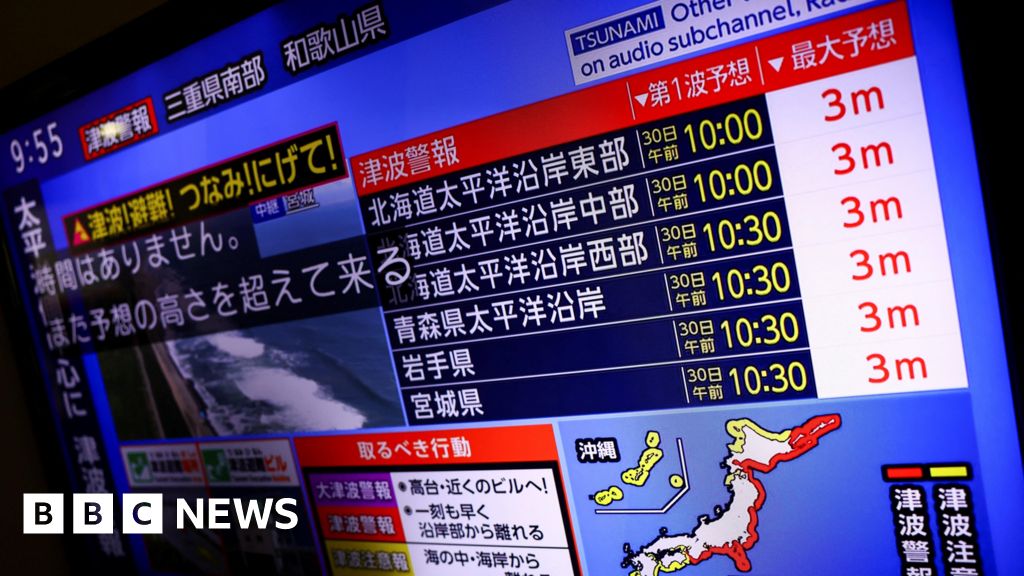Understanding the Pacific Ring of Fire

Summary
- The Pacific 'Ring of Fire' is a seismically and geologically active zone around the Pacific Ocean.
- It is responsible for many of the world's major earthquakes, volcanic eruptions, and tsunamis.
- The region spans from New Zealand to the Americas, passing through Asia and Alaska.
- It is formed by the boundaries of tectonic plates, mainly subduction zones.
- Hundreds of millions of people live along its path.
Overall Sentiment: ⚪ Neutral
AI Explanation
The Pacific 'Ring of Fire' is a geographically active zone encircling the Pacific Ocean, characterized by frequent earthquakes, volcanic eruptions, and tsunamis. This horseshoe-shaped region stretches from New Zealand, through Southeast Asia, Japan, Alaska, and down the west coasts of North and South America. It's a consequence of tectonic plate boundaries, primarily subduction zones where one tectonic plate slides beneath another. While not a formal scientific term, it's a recognized area where much of the Earth's seismic and volcanic activity occurs, impacting hundreds of millions of people living within its path.
Related Explanations
Popular This Month

Artist with nerve injury wins Australian art award with finger painting

US Imposes Major Tariffs on Brazil and Threatens India

SpaceX Launches Crew-11 Mission with Commander Cardman

NTSB Hearings Reveal Details on Deadly Midair Crash





No comments yet. Be the first to start the discussion!